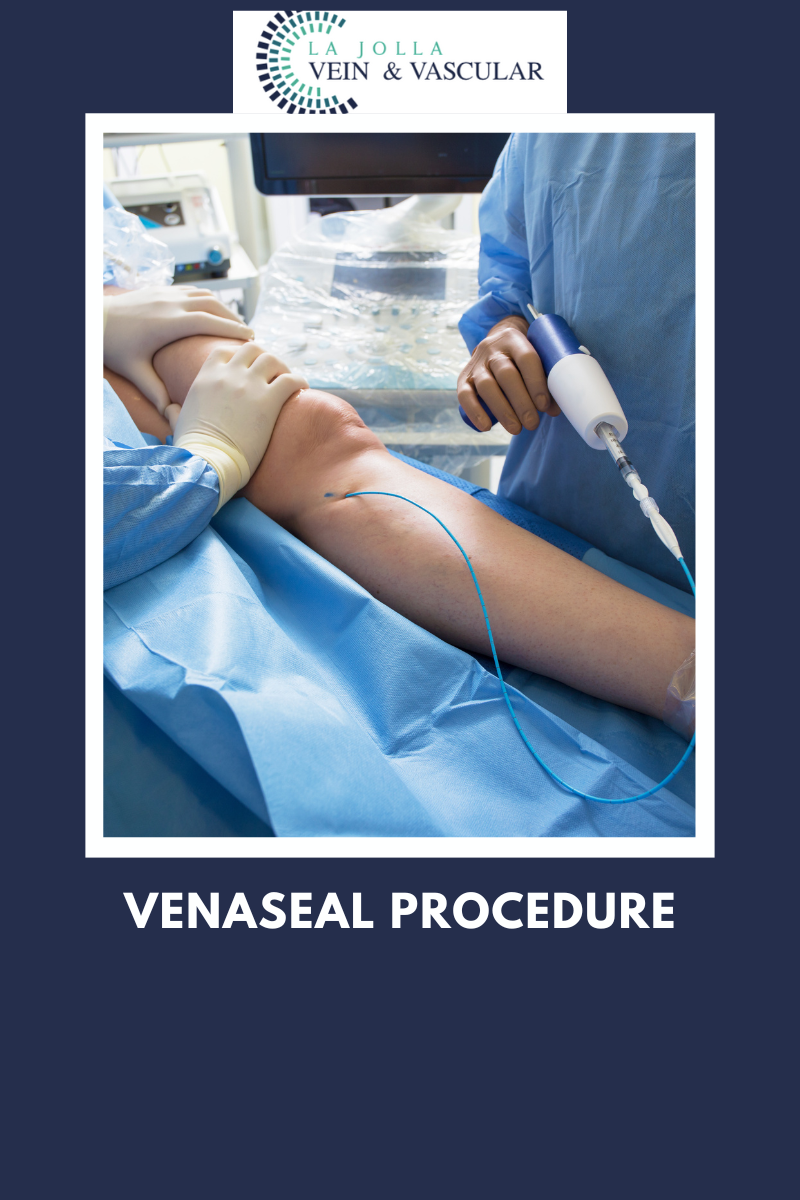Microphlebectomy and the risks
LJVascular2022-10-24T10:48:00-07:00MicroPhlebectomy for varicose veins
A microphlebectomy is a minimally invasive procedure, which is the surgical removal of bulging varicose veins through tiny skin incisions. This procedure is performed in the office with local anesthesia. Phlebectomy is also known as micro phlebectomy (because the incisions are tiny) or it can also be referred to as […]












